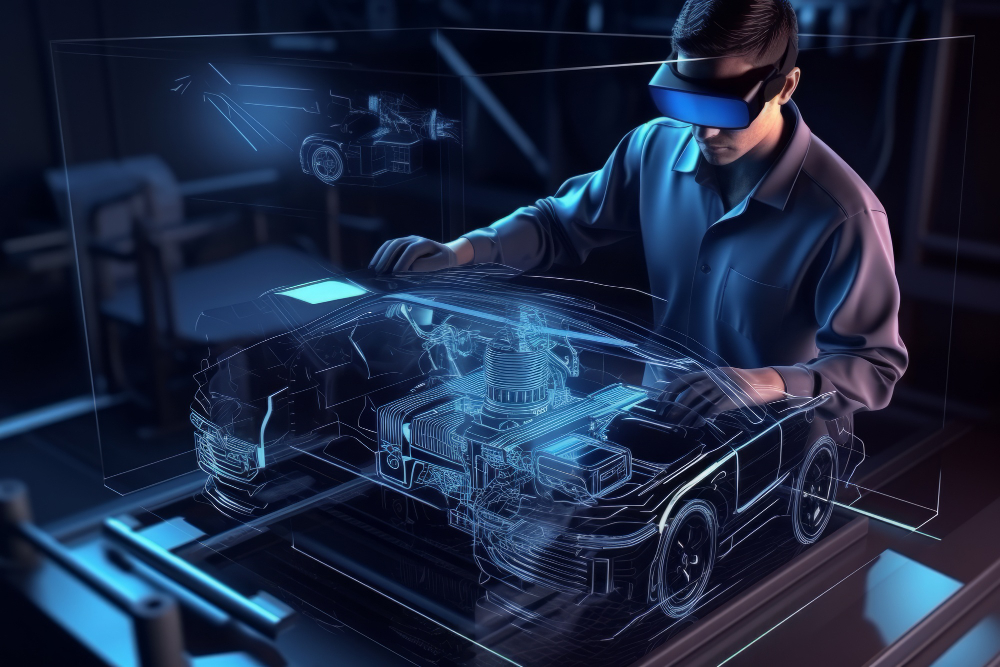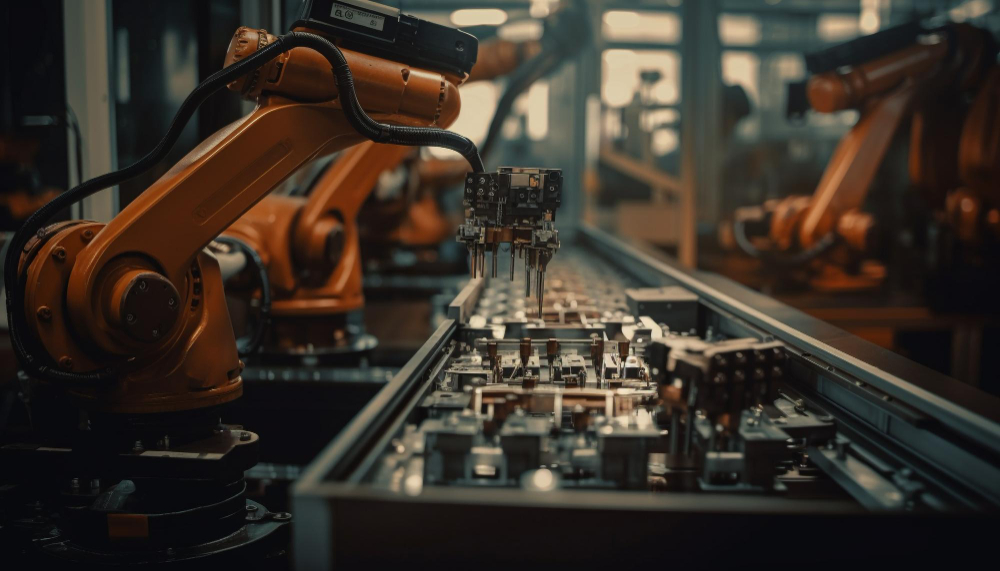Integrating electronic and photonic components is transforming how we approach semiconductor technology. Electronic Photonic Design Automation (EPDA) is rapidly advancing, shaping the future of data transmission through its innovative fusion of electronics and optics within integrated circuits.
The article below highlights the state-of-the-art advancements in EPDA, emphasising the significant improvements in design speed and precision brought about by these technological developments. Machine learning and advanced algorithms enhance EPDA tools, contributing to finer design accuracy and quicker market readiness for photonic circuits.
The impact of EPDA extends across various sectors, with applications ranging from ultra-fast optical interconnects in data centers to sensors in self-driving vehicles. This technological shift is pivotal in meeting the demands for greater efficiency and speed in today’s data-driven world.
Moreover, EPDA’s direction points toward greener technology with its promise of lower power consumption. This aspect is critical for developing sustainable solutions that can keep pace with our increasing need for energy efficiency.
The conversation around EPDA and its implications is essential for businesses and innovators who strive for technological excellence. With our guidance, industry participants can stay informed and implement these groundbreaking developments in electronic-photonic integration.
Credits: PicMagazine.net













